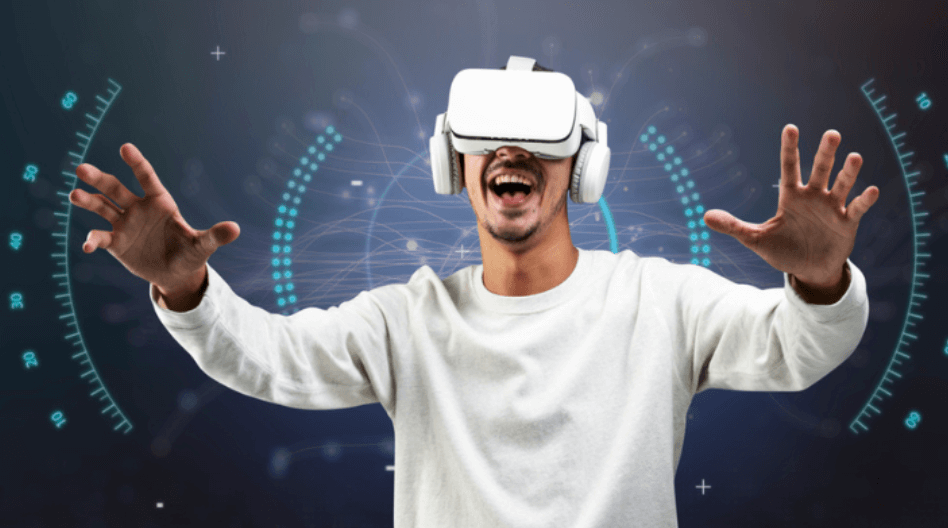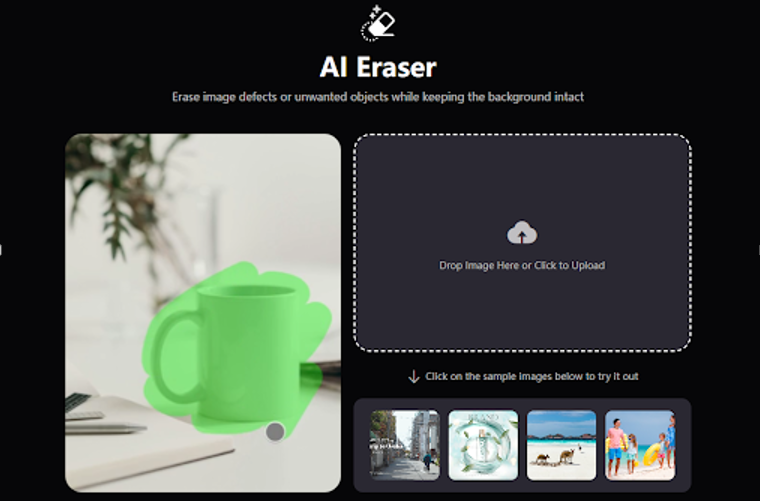A Beginner’s Guide to Understanding Virtual Reality (VR)

Virtual Reality (VR) represents a significant advancement in technology, offering immersive experiences in digital landscapes. This guide outlines the fundamentals of VR, including its operation and various device types. From gaming to education, VR applications are diverse and impactful. Understanding these elements is crucial for anyone interested in this evolving field. What lies ahead in the exploration of VR’s capabilities and potential?
What Is Virtual Reality (VR)?
Although virtual reality (VR) may seem like a modern innovation, its roots trace back several decades, evolving significantly over time.
VR encompasses technology that creates immersive experiences, allowing users to engage with digital environments as if they were real.
Various VR applications span gaming, education, and therapy, providing opportunities for exploration and interaction, ultimately granting individuals a sense of freedom within virtual realms.
See also: https://mundo3dprint.mx/
How Does VR Work?
Virtual reality (VR) operates through a combination of hardware and software that work together to create a convincing simulated environment.
By utilizing headsets and motion sensors, VR delivers immersive experiences, allowing users to feel as if they are part of a different world.
Sensory feedback further enhances this realism, engaging sight, sound, and touch, thus enriching the overall virtual experience.
Types of VR Devices and Their Uses
The landscape of virtual reality is enriched by a variety of devices, each designed to cater to specific user needs and applications.
VR headsets provide immersive experiences, while mobile VR offers portability.
Console VR connects gaming systems, and PC VR delivers high-fidelity graphics.
AR/VR integration enhances real-world interactions, and VR accessories, like controllers and gloves, enhance user engagement in virtual environments.
Conclusion
In conclusion, virtual reality stands as a gateway to limitless possibilities, much like a portal leading to uncharted realms. By bridging the gap between reality and imagination, VR transforms how users engage with digital content across various fields. As technology continues to evolve, the potential applications for VR will expand, offering even more immersive experiences. Embracing this innovative tool can enhance learning, entertainment, and personal growth, inviting users to explore worlds beyond their own.





